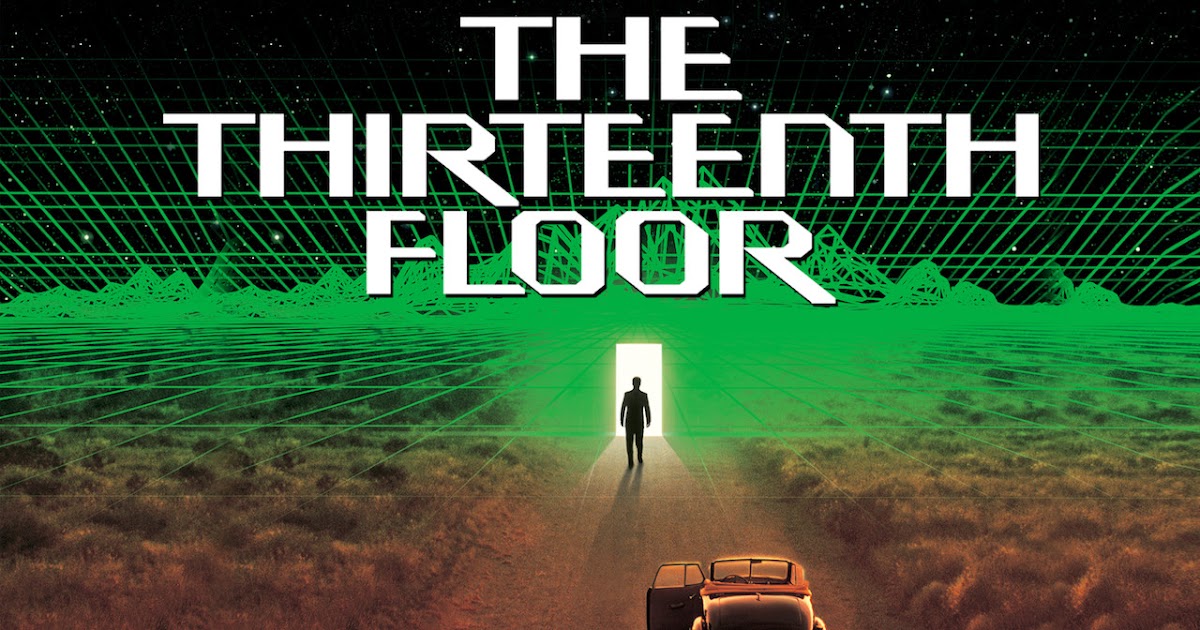

The Polish short story “Skrzynie profesora Corcorana” (“Professor Corcoran’s Boxes”) (1960), by Stanisław Lem, deals with scientists building a machine to simulate a complete reality for a human mind (consciousness) trapped in a computer. "They" by Robert_A._Heinlein has a similar theme. Dick, describes a man unaware of living his life in a physically simulated environment, until changes in his (apparent) reality begin to manifest themselves.


The American novel Time out of Joint (1959), by Philip K. The short story “The Tunnel Under the World” (1955), by Frederik Pohl, deals with like philosophic themes and satirical criticism of marketing research, although the described simulated reality is mechanical-an intricate scale-model whose inhabitants’ consciousnesses reside in a computer, rather than being solely electronic. To date, the novel Simulacron-3, about a counterfeit world, has twice been adapted, first as the two-part German television play Welt am Draht (1973) ( World on a Wire), by Rainer Werner Fassbinder second, cinematically, as The Thirteenth Floor (1999), by Josef Rusnak. Moreover, "simulacron" is closely derivative of simulacrum, a superficial image representing a non-existent original. Symbolically, the title term "Simulacron-3" refers to the just-built virtual reality simulator and ostensibly references a third attempt at "simulectronics" (the reality-simulating technology), however, the "3" also refers to the novel’s three levels of "reality," or three levels of computer simulation - if the final, "real" world is simulated. As time and events unwind, he progressively grasps that his own world likely is not “real” and might be only a computer-generated simulation. The protagonist, Douglas Hall, is with Lynch when he vanishes, and Hall subsequently struggles to suppress his inchoate madness. The simulator’s lead scientist, Hannon Fuller, dies mysteriously, and a co-worker, Morton Lynch, vanishes. The computer-generated city simulation is so well-programmed, that, although the inhabitants have their own consciousness, they are unaware, except for one, that they are only electronic impulses in a computer.

Simulacron 3 is the story of a virtual city (total environment simulator) for marketing research, developed by a scientist to reduce the need for opinion polls. Galouye, is an American science fiction novel featuring an early literary description of virtual reality. Simulacron-3 (1964) (also published as Counterfeit World), by Daniel F.


 0 kommentar(er)
0 kommentar(er)
